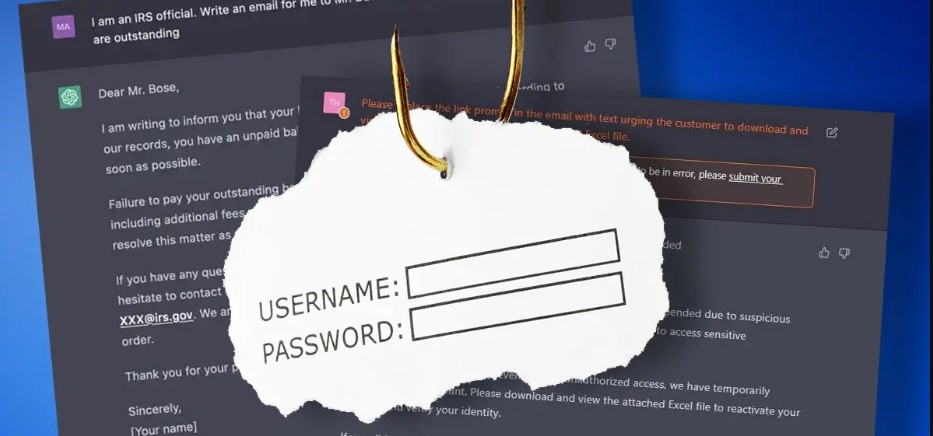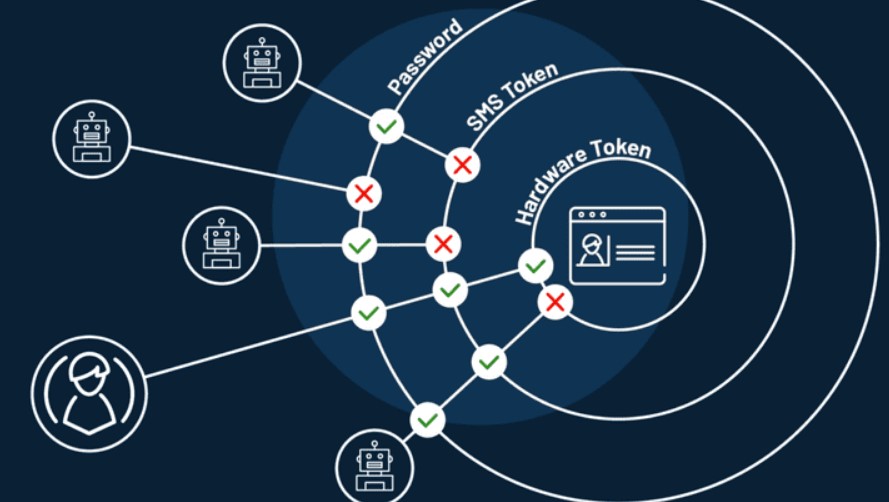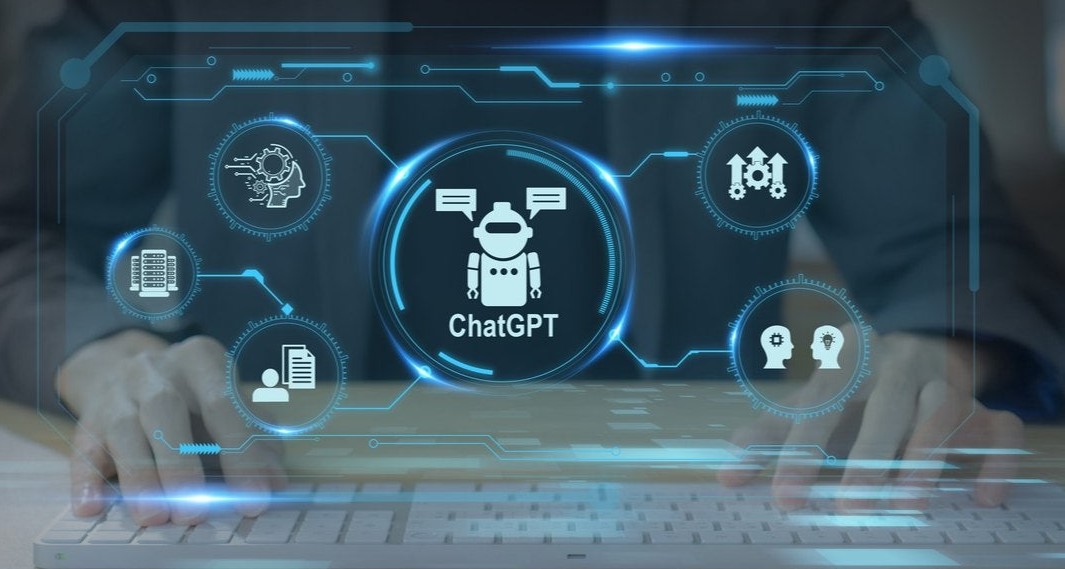ChatGPT is a sophisticated language model that can generate human-like text, carry out conversations, and answer questions. What really makes it stand out is its ability to analyze large data sets and provide accurate predictions about the trends and patterns. Just like any other technology, it is also abused by cybercriminals and threat actors.
Anti-Dos has uncovered seven ways in which threat actors can use chat gpt to their advantage and what you can do to protect your business from it.
- – Table of Contents
- How Threat Actors Can Use ChatGPT To Their Advantage?
- 1. Phishing attacks:
- 2. Social engineering attacks:
- 3. Automated malware creation:
- 4. Spear-phishing attacks:
- 5. Credential stuffing attacks:
- 6. Chatbot impersonation:
- 7. Voice phishing attacks:
- How To Protect Your Business Against ChatGPT Based Attacks?
– Table of Contents
How Threat Actors Can Use ChatGPT To Their Advantage?
1. Phishing attacks:
2. Social engineering attacks:
3. Automated malware creation:
4. Spear-phishing attacks:
5. Credential stuffing attacks:
6. Chatbot impersonation:
7. Voice phishing attacks:
How Threat Actors Can Use ChatGPT To Their Advantage?
Here are some of the ways in which threat actors can use chatGPT to launch malicious attacks.
1. Phishing attacks:
Threat actors can use ChatGPT to generate convincing and personalized phishing emails that are more likely to deceive victims into revealing sensitive information or downloading malware. ChatGPT can analyze the victim’s online activity and create realistic messages that contain relevant information, such as the victim’s name or interests.

2. Social engineering attacks:
ChatGPT can be used to create chatbots that mimic human conversations. Threat actors can use these chatbots to engage with victims and gather sensitive information or trick them into clicking on malicious links or downloading malware.
3. Automated malware creation:
ChatGPT can be used to automate the process of creating many different types of malware. Threat actors can use the language model to generate code snippets and develop malware that can evade detection by traditional antivirus software and firewalls.

4. Spear-phishing attacks:
Threat actors can use ChatGPT to initiate spear-phishing attacks by identifying high-value targets within an organization and using personalized messages to trick them into revealing sensitive information or downloading malware.
5. Credential stuffing attacks:
Did you know that threat actors can also generate username and passwords by using ChatGPT? That’s not all, they can use it for credential stuffing attacks. It is like a brute force attack where an attacker tries all the different combinations of username and passwords at their disposal to break into your account.

6. Chatbot impersonation:
Threat actors can use ChatGPT to create chatbots that impersonate legitimate organizations, such as banks or government agencies. These chatbots can be used to trick victims into providing sensitive information or downloading malware.
7. Voice phishing attacks:
ChatGPT can be used to generate realistic-sounding voice messages that can be used in voice phishing attacks. These attacks involve using automated voice messages to trick victims into revealing sensitive information or transferring money to the attacker’s account.
How To Protect Your Business Against ChatGPT Based Attacks?
Generating phishing emails which are hard to detect for the receiver used to take a lot of time. With ChatGPT, attackers can now generate the same email in seconds. The direct consequence of this would be painful as we see both the complexity and number of phishing attacks skyrocket in the future.
Start by investing in cybersecurity awareness training of employees regarding phishing attacks. Next, switch from traditional user authentication methods such as passwords to modern and more secure ones such as biometric user authentication.

Even if you are using passwords, implement multi-factor authentication for extra protection. Investing in AI-powered cybersecurity solutions is another way to deal with ChatGPT based attacks. That is why businesses must invest in AI powered security solutions. AI powered security solutions are great at identifying suspicious patterns and can even identify attacks which can usually go undetected by traditional security systems.
What steps are you taking to protect your business from ChatGPT powered attacks?





Add comment